Exploring the most iconic eras in history offers a fascinating journey through time, revealing the transformative moments that shaped civilizations, cultures, and societies. From ancient civilizations to modern revolutions, these memorable eras leave an indelible mark on our collective consciousness, influencing art, science, politics, and daily life. Whether you’re curious about the best eras in history, famous periods that defined human progress, or the cool time periods that captivated generations, this exploration delves into the key moments that stand out as milestones of human achievement. Discover how these eras continue to inspire us today, shaping everything from fashion and lifestyle to technological advancements and cultural shifts.
Key Takeaways
- World Wars: Shaped global societies and geopolitics, impacting cultures and conflict resolution.
- Roman Empire: Known for architectural marvels and innovative governance structures.
- Victorian era: Driven cultural advancements and industrial progress, influencing modern society.
- Tudors: Marked significant political changes and featured notable historical figures.
- Iconic Historical Events: Fostered global unity and inspired future generations through pivotal moments.
- Popular Pastimes: Offer relaxation, mental health benefits, and social connections across diverse activities.

The Best Era in History
When considering the best era in history, it’s essential to evaluate various civilizations and their contributions to human development. Different eras have left indelible marks on culture, science, politics, and society. Here are some of the most celebrated golden ages:
- Ancient Egypt (circa 2700–1070 BCE) – Known for its monumental architecture, advanced mathematics, and the unification of Egypt under pharaohs like Khufu.
- Qin Dynasty (221–206 BCE) – Marked the unification of China and the introduction of the Great Wall.
- Golden Age of Islam (8th–13th century CE) – A period of remarkable progress in science, mathematics, and culture, including the works of scholars like Al-Khwarizmi and the construction of iconic structures like the Dome of the Rock.
- Renaissance (14th–17th century CE) – Characterized by advancements in art, literature, and science, with figures like Leonardo da Vinci and Copernicus making groundbreaking contributions.
- Industrial Revolution (18th–19th century CE) – Transformed societies through technological innovations, mass production, and the rise of modern industries.
Each of these eras has left a lasting legacy, shaping the world we live in today. The choice of the best era often depends on the perspective of the individual, as each period has its unique achievements and significance.
What Are the 5 Eras of History?
The study of history is often divided into distinct periods, each representing significant changes in human development. These eras provide a framework for understanding the progression of civilizations and societies. Below are the five primary eras of history:
- Prehistoric Era
- Characterized by the emergence of early humans and the development of basic tools and shelter.
- Key features include the evolution of homo sapiens, the invention of fire, and the creation of cave paintings.
- This era lays the foundation for recorded history, marking the beginning of human civilization.
-
Classical Era
- Spans from approximately 500 BCE to 500 CE, marked by the rise of major civilizations like Ancient Egypt, Mesopotamia, China, and Greece.
- Notable developments include the Pythagorean theorem, the Iliad, and the Great Wall of China.
- This era is also known for philosophical thought and the establishment of democratic systems in Athens.
-
Middle Ages
- Covers the period from the 5th to the late 15th century, characterized by the decline of the Roman Empire and the rise of the Byzantine Empire.
- Key events include the fall of Constantinople, the Crusades, and the Black Death.
- The Middle Ages saw the preservation of classical knowledge and the beginnings of Gothic architecture.
-
Early Modern Era
- Begins around the 14th century and ends in the late 18th century, marked by the Renaissance and the Age of Exploration.
- Significant developments include the invention of the printing press, the discovery of the New World, and the Enlightenment movement.
- This era laid the groundwork for modern science, philosophy, and political systems.
-
Modern Era
- Starts in the late 18th century and continues to the present day, characterized by industrialization, technological advancements, and global interconnectedness.
- Key events include the Industrial Revolution, two World Wars, and the digital revolution.
- The Modern era is marked by increased globalization, social progress, and the rise of democratic institutions.
The division of history into these eras helps us understand the evolution of human society and culture. Each era has its unique characteristics, contributions, and challenges, providing a roadmap for how we arrived at the world we live in today.
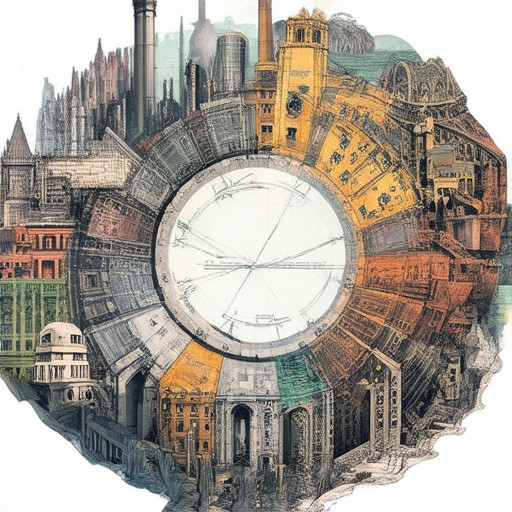
What Are the 12 Eras of US History?
The United States has experienced numerous transformative periods, often referred to as “eras,” that have shaped its development. Below is a breakdown of the most significant ones:
- Colonial Era (1600s–1776) : This period marked the initial contact of European settlers with North America and the establishment of colonies along the eastern seaboard. Key events include Jamestown and Plymouth settlements.
- Founding of the United States (1776–1789) : The American Revolution led to the declaration of independence and the drafting of the Constitution, establishing the federal government framework.
- Early National Period (1789–1800) : The new nation navigated its early years under the Constitution, dealing with issues like foreign relations and domestic governance.
- Jeffersonian Era (1801–1812) : Domininated by Thomas Jefferson’s presidency, this era saw the Louisiana Purchase and the expansion of U.S. territory.
- Era of Good Feelings (1812–1824) : Characterized by strong national unity following the War of 1812, marked by the Monroe Doctrine and significant infrastructure projects.
- Jacksonian Era (1824–1840) : Andrew Jackson’s presidency brought major reforms, including the elimination of the national bank and the Indian Removal Act.
- Antebellum Era (1840–1860) : Pre-Civil War period marked by sectional tensions, the rise of slavery debates, and technological advancements like the telegraph.
- Civil War Era (1861–1865) : The war pitted the Union against the Confederacy, leading to the abolition of slavery and the preservation of the nation’s sovereignty.
- Reconstruction Era (1865–1877) : Post-Civil War efforts to reintegrate former slaves into society, including the passage of the 13th, 14th, and 15th Amendments.
- Gilded Age (1877–1896) : A period of industrial growth and wealth concentration among the elite, marked by robber barons and labor strikes.
- Progressive Era (1896–1912) : Focused on social and political reforms, including women’s suffrage, antitrust laws, and the creation of the Federal Reserve.
- Roaring Twenties (1912–1929) : Characterized by cultural innovation, Prohibition, and the rise of modern consumer culture before the Great Depression.
These eras collectively reflect the evolution of the United States from a small colonial outpost to a global superpower, navigating challenges and embracing opportunities along the way.
For more detailed exploration of these periods, visit Old Day and dive into our extensive archive of historical insights.
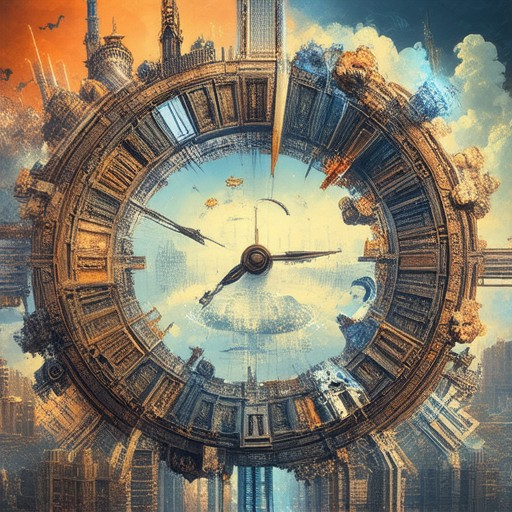
Most Popular Historical Era
The most popular historical era, according to survey data, is often tied to significant global events and cultural shifts. Among the top choices, the World Wars emerge as the most favored, with 15% of respondents citing this period. This era is marked by profound global conflicts that reshaped societies and geopolitical landscapes.
Following closely behind, the Romans and Victorian eras tie for second and third place, each capturing 10% of preferences. The Romans are celebrated for their architectural marvels and governance innovations, while the Victorians are renowned for their cultural advancements and industrial growth.
In fourth place, the Tudors trail behind with 9% of votes, recognized for their impactful political changes and famous figures like Henry VIII and Elizabeth I.
This preference reflects a broad interest in transformative periods that have left lasting legacies. Understanding these eras provides valuable insights into how history shapes modern society.
What Are the Coolest Historical Events in the World?
- The Apollo 11 Moon Landing (1969)
- The Formation of the United Nations (1945)
- The Women’s Suffrage Movement (1847-1920)
- The American Revolution (1775-1783)
- The Fall of the Berlin Wall (1989)
- The Invention of the Printing Press (1440)
- The Battle of Hastings (1066)
- The Industrial Revolution (18th Century)
- The Signing of the Declaration of Independence (1776)
- The Discovery of the New World (1492)
- The Rise and Fall of the Roman Empire (27 BCE – 476 CE)
- The Unification of Germany (1871)
- The invention of the Internet (1969)
- The March on Washington (1963)
- The Assassination of Archduke Franz Ferdinand (1914)
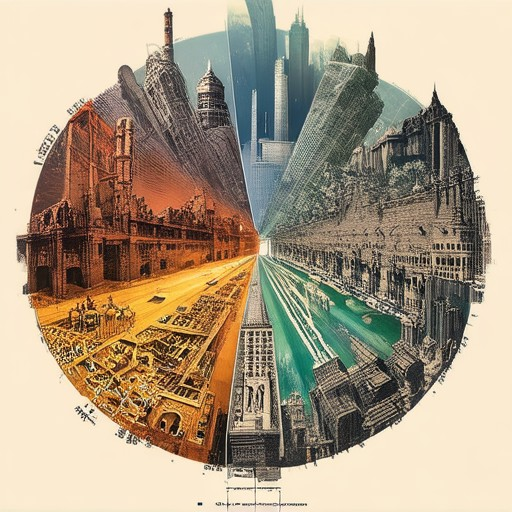
Most Popular Pastimes
- Gardening : A relaxing hobby that combines creativity with nature. Studies show over 40% of Americans garden regularly, making it one of the most widely enjoyed pastimes.
- Reading : A timeless activity preferred by millions. Book sales remain high, with fiction and non-fiction equally popular choices for leisure.
- Cooking/Baking : The rise of food blogging and cooking shows has made this hobby increasingly popular. Over 50 million people watch cooking videos monthly.
- Exercise : Fitness has become a global obsession. Yoga and running are among the most popular forms of exercise worldwide.
- Hiking : With the increasing popularity of outdoor adventures, hiking has grown significantly. Millions of people now explore trails annually.
- Gaming : Both video games and board games have massive followings. Esports alone attracts hundreds of millions of viewers globally.
- Music and Art : Creating music or art is a therapeutic escape for many. Over 30 million people engage in some form of musical creation yearly.
- Watching Movies/Streaming : With the rise of streaming platforms, movie-watching has reached unprecedented levels. Over 100 million households are now cord-cutters or using subscription-based services.
Conclusion: These pastimes not only provide entertainment but also contribute to mental and emotional well-being. Whether indoors or outdoors, people worldwide seek activities that relax, inspire, and connect them with others.

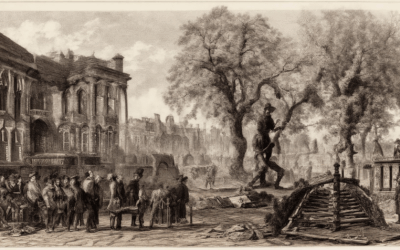
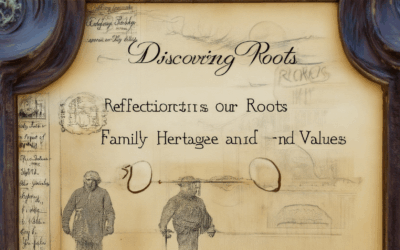
0 Comments